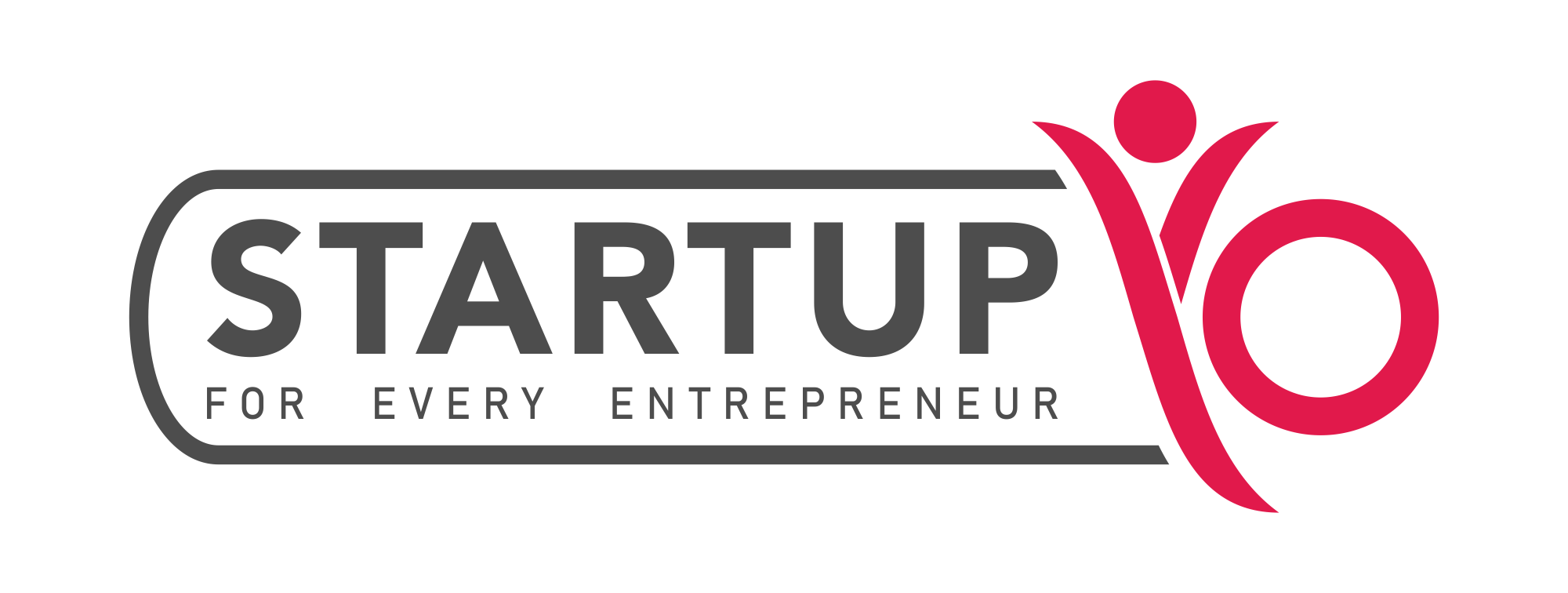Overview of Overdraft Facility
Having a bank account is useful not only for maintaining a record of financial transactions but also for accessing a variety of financial services. Financial institutions are inclined to reward loyal customers, especially those who have a good handle on their finances.
Through the spread of digital transactions over the last decade, it has become so convenient to consolidate customers’ financial records. With the progress of the digital era, the services available are becoming more diverse. One of the many valuable services offered by banks and other financial institutions is the overdraft facility.
What are Overdrafts?
In simple terms, overdraft facilities are bank contracts that allow consumers to withdraw additional funds from their bank accounts within the approved limits. A unique aspect of the account is that money can be taken out even when the account balance is zero.
Overdraft protection is typically offered by banks when a customer’s account is below zero; this prevents an inadequate balance charge from being incurred but may also include interest and other fees.
Overdrafts function similarly to any other loan; however the only money that is subject to interest is the cash that is actually used to pay for it. A cash advance facility like this is useful for small businesses that are experiencing difficulties with their cash flow.
Nearly all financial institutions, including banks and non-bank financial companies, offer this service. The majority of Indian public and private sector banks offer overdraft services. Nonetheless, banks may set a maximum loan size, lending rate, and payback period that vary based on the borrower’s credit score, financial history, and ability to repay the loan. While tenures vary from bank to bank, they typically cover a period between 12 months and 60 months.
A business entity generally takes out an overdraft limit to meet its working capital needs. Many banks and NBFCs are now offering this as an incentive to their regular customers. In comparison, personal loans and other term loans are much slower to disburse and require more documentation.
Read More: What is the Difference between Current Account and Savings Account?
Objective of Overdrafts
Similar to numerous other financial resources, the objective of the Overdraft facility is to provide individuals with access to credit for entrepreneurship. Its primary focus is providing MSME customers with short-term working capital.
Features of Overdrafts
The following features of a bank overdraft are the same regardless of the financial institution:
- This facility offers a variety of funding levels through several different service providers.
- Depending on the scenario, your withdrawal limit may differ.
- Repayment amounts are not limited to a minimum. No prepayment penalty is attached to them.
- In most cases, the overdraft amount will have daily interest and monthly interest. You must pay these together with the overdraft amount.
- This type of facility requires reservations in advance. Unless you do so, you may end up overdrawing your account, resulting in the check not being honored.
- Customers’ relationships with financial institutions determine the interest rates charged on OD accounts.
- Each account is assigned an interest rate based on the borrower’s credit rating, and it depends on the bank.
- OD applications are thoroughly vetted by certified rating agencies.
- It is a short-term loan due within the specified period, which can be as short as 12 months.
- The bank defines the repayment tenure and has full control in deciding how the fund is used.
- In accordance with RBI regulations, the maximum overdraft limit for interest-bearing accounts is Rs. 50,000 each week
Types of Overdraft
Depending on the circumstances, a credit line may be offered either with or without collateral (secured or unsecured).
An overdraft secured by collateral is referred to as a secured overdraft. The lending institution may sell your possessions if you are unable to repay the overdraft amount. You are liable to pay any difference if that does not cover the loan amount.
Overdrafts are categorized as follows
Overdraft against Property– As the name implies, overdrafts can be obtained with the property as security. The house is assessed, valued, and surveyed before it can be used as collateral. Overdraft funds that are granted against real estate as collateral, are not disbursed immediately. In most cases, overdrafts are sanctioned for up to 40%-50% of the property’s value. It depends on the factors like your creditworthiness, and repayment capabilities are also taken into account when granting an overdraft against a house as collateral.
Overdraft against FDs– Compared with pledging your home as collateral, it is easier to get an overdraft approved against Fixed Deposits. Mainly because property appraisal is a lengthy process. In addition, a lender has a familiarity with the client because of their banking relationship. By choosing OD against FD, you will be able to borrow a higher amount while paying a low-interest rate.
Overdraft secured by Insurance Policy: If you choose to use your insurance coverage as collateral for your overdraft, the amount you’ll receive will be determined by the settlement amount. As a result, the loan-to-value ratio on the policy is higher than that of traditional deposits, in other words, the bank will sanction a bigger loan against the policy than it would with a regular deposit of the same amount.
Overdraft against Equity– It is possible to attain an overdraft facility through equity, although it is not the preferred collateral option. Simply because equity’s value changes constantly in response to market developments. This explains the lower amount of credit extended by the financial institution for overdraft loans secured by equity.
Payroll Overdrafts– This facility is available to salary accounts as well. The minimum requirement to avail overdraft facility in a salary account is to have a regular monthly salary credited by the company and the company should be on the approval list of the bank
For effective use of the bank overdraft facility, understanding the pros and cons is very important.
Read More: Business Loans and Top 14 Types of Business Loans
Advantages of overdraft
Through overdraft facilities, business organizations receive the essential influx of cash flow into a business operation. It alleviates the inconsistencies in the supply of funds. A lack of capital can be dealt with by taking advantage of the OD facility.
Reputation management with lenders– Overdraft accounts facilitate clearing pending payments. The current business climate demands business owners familiar with lending institutions and those with a good credit reputation. Your credit rating grows with the number of banks placing trust in your business.
Timely Payments– A continuous flow of revenue makes it easy to cover financial commitments, preventing defaulting. Regulatory compliance is simplified. Therefore, the overdraft facility can enhance monetary tracking.
Fewer forms to fill out –Borrowers can obtain loans without having to worry about changing the collateral listings on pre-existing loan agreements. This means zero to minimal paperwork as it doesn’t require thorough analysis, unlike the conventional funding schemes.
Flexibility– OD offers a flexible service in the sense that it can be taken at any time, up to the set limit, and for as little time as two days.
Less Rate of Interest– The rate of interest will be based on the amount that has been utilized. For some loans, interest must be paid even if the money is not drawn, however, this does not apply in the case of overdraft facilities. Consequently, there are substantial reductions in interest costs as compared to a traditional loan that is generally taken on a fixed-term basis. Here, the interest is calculated on the overdraft amount, and it ceases when the debt is repaid.
Despite its advantages, this facility also has some disadvantages.
Some of it is listed below:
Reduced Capacity- The bank periodically reviews this facility because it is a short-term credit line. Therefore there is always a risk of reduction of limit or elimination of this option altogether. It can happen because of the subpar financial performance of a company.
Possibility of seizure –Some bank overdrafts are backed by assets or other forms of collateral, such as stocks and bonds. Those assets may be seized if the company is unable to pay its dues. A change in the financial market and disparity in distribution management could lead to the bank gaining control of the company’s inventory.
No focus on collecting debts-The availability of extra funds may make the business easier to manage. Due to this, the collection of debts may not stay a priority. An overdraft facility is usually able to handle the immediate payment outflows of a business which in turn may have a detrimental effect on debt collection.
Not suitable for long-term funding– Overdrafts are not suitable for long-term financing or for high borrowing levels due to the substantial charges. The account holder may be burdened with extra expenses if these debts aren’t paid off on time. If you need additional credit or more time to repay the debt, you would be better off taking out a personal loan to cover the overdraft.
There are different criteria for each bank when it comes to overdrafts. When an application for an overdraft is submitted, lenders have the right to use specific criteria to assess whether an individual or a group is eligible. Overdraft facilities are available to employees, proprietors, and corporations on both savings and current accounts.
To take advantage of the overdraft facility available via different banks and financial institutions, the following requirements must be met:
- The applicant should be a minimum of 21 years to 65 years of age.
- Must have an active bank account with the bank in question.
- An applicant must have a regular income.
- Healthy credit score
Business vintage: Different banks have different approaches towards this. Nonetheless, banks are more likely to lend to a self-employed candidate with a consistently profitable business.
Read More: 9 Best Ways to Negotiate a Business Loan in India
Interest rate
Individuals may be charged interest rates that are similar to or greater than the interest rates associated with personal loans. Unless you actually withdraw the money, you won’t have to pay interest on an overdraft. Moreover, you only incur the interest based on the amount that you use, as opposed to the total amount.
The interest rate assigned by each bank can vary based on the borrower’s financial history, repayment ability, and so on. It is sometimes solely determined by the alliance between the lender and the borrower.
Overdraft interest rates offered by high-profile banks and NBFCs range anywhere from 9.65% to 20.99 %. Although many banks do not charge processing fees on overdraft accounts, some charge as much as 2% on overdrafts.
Overdraft application required documents
- A copy of the PAN Card
- A copy of the Voter ID
- Passport copy
- A copy of the Aadhar
- Recent Electricity Bill
- Registered rental deed (if the property is leased)
- Agreement on lease
Income Proof:
- The balance sheet accounts for profits and losses
- Evaluations of the balance sheet
Business documents:
- Copies of VAT and GST certificates
- Office address proof
- Ownership proof in the form of company letterhead
- Association documents and Memorandums of Understanding
- Statements of bank accounts for the latest financial year
Conclusion
Overdraft accounts are used by banks to cover payments made by customers that would otherwise be rejected. Short-term needs are usually met through ODs since they are flexible and quick. But they are often higher in cost and have shorter repayment deadlines. There is therefore a possibility of losing money that you would not lose otherwise. Businesses and individuals seeking steady income might find this facility advantageous.
Companies obtain an overdraft when they have a temporary cash crunch or a sudden need for finances. An emergency fund would not be suitable for routine use since such a facility would not be profitable and would only serve as a temporary solution. When a company relies heavily on overdrafts to finance its operations, it becomes apparent that it lacks good financial governance.
Even though these resources are of great benefit to many, one should refrain from relying on overdraft protection and use it only when it is absolutely necessary. It’s important to remember that a seemingly good deal is subject to change, much like the needs of your business. Make sure you conduct all the research before you make any decisions and think through your options carefully.
To know more details on the Overdraft facility, You can email [email protected] or call +918886666821.
Disclaimer: The information contained in this article is for general information purposes only. The information is provided by StartupYo (SAB Weblabs Pvt. Ltd). While we endeavor to keep the information up to date and truest to the best of our knowledge, we make no representations or warranties of any kind, express or implied, about the completeness, accuracy, reliability, suitability, or availability with respect to the website or the information, products, services, or related graphics contained on the website for any purpose. Any reliance you place on such information is therefore strictly at your own risk.



